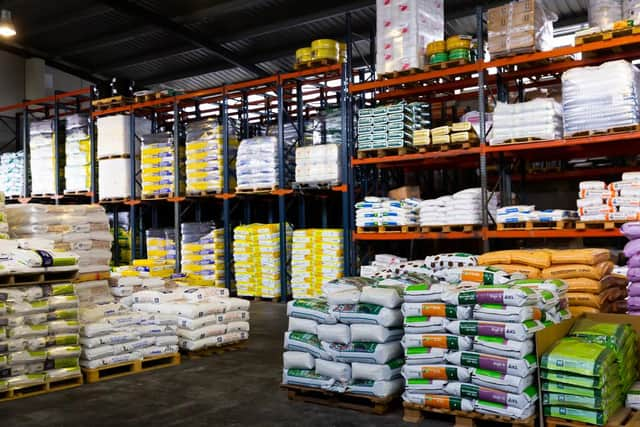What is peat? UK garden centre ban explained, why is it damaging - and where to buy peat-free compost
and live on Freeview channel 276
Garden centres will be banned from selling peat-based compost from 2024 as part of the government’s bid to tackle the climate emergency.
Alongside the ban, £50m in support will be awarded for the restoration of 35,000 hectares of UK peatland, around 1 per cent of the total.
Why is peat-based compost being banned?


Advertisement
Hide AdAdvertisement
Hide AdPeat-based compost is created by digging up peatlands, which store around three times as much carbon as forests.
Environmentalists have long warned that digging up peatlands is hugely damaging for carbon storage and wildlife that relies on peatland for survival, including hen harriers and short-eared owls.
However, in spite of a voluntary phasing-out period for peat-based compost -set in 2011 with a deadline of 2020 - the majority of compost sold in garden centres is still peat-based.
Alongside the ban on sale of peat-based compost in garden centres, Environment Secretary George Eustice is expected to also set out plans to phase out the use of peat in horticulture.
What are alternatives to peat-based compost?
Advertisement
Hide AdAdvertisement
Hide AdPeat compost is also sold, somewhat deceptively, under the label “multipurpose compost”, without a label indicating whether or not it contains peat.
Traditionally, gardeners have preferred peat-based compost because it’s cheap, holds moisture well, is light to carry and is considered to be free of plant funguses and viruses which may destroy plants.
However, the carbon footprint of such compost is significant, with the Royal Society for the Protection of Birds estimating that gardeners in the UK are responsible for around 630,000 tonnes of carbon emissions each year by buying plants grown in peat or growing their own in peat-based compost.
The good news, however, is that peat-free composts are readily available. These usually contain wood-based materials like sawdust, paper waste or composted bark as their main ingredients.
Advertisement
Hide AdAdvertisement
Hide AdGreen waste is often added to the compost, while sometimes coconut fibre - less green because it’s imported - is also added to create better drainage.
You should be able to buy peat-free compost from most garden centres and online - you should check the label carefully to see if it contains peat, and ask the seller if you’re not sure.
What other environmental measures are being announced?
George Eustice is set to announce several measures being taken by the government to tackle the ongoing climate crisis today (Tuesday 18), including banning the sale of peat-based compost.
Another significant measure being announced is the plan to increase tree-planting in England to 30,000 hectares per year by 2024.
Advertisement
Hide AdAdvertisement
Hide AdThe plan will pledge around £20 million for nurseries to grow native trees to make sure that diseases are not imported from abroad which damage trees.
Yet while the Wildlife Trust acknowledged the important role trees play in absorbing carbon, they indicated they would prefer to see a focus on “increasing woodland habitat rather than tree planting per se”.
“We need to be addressing the climate crises and ecological crises together, and so it is crucial that new woodlands help nature by filling in the gaps and joining the dots between existing woodlands, and avoiding planting on other precious habitats such as peatlands and wildflower meadows”, they said.
“Despite promises from Defra and the Forestry Commission, there have been too many times when peatlands and other special habitats have been damaged by planting non-native trees – and we hope that lessons have been learned about planting the right tree in the right place”, they added.
